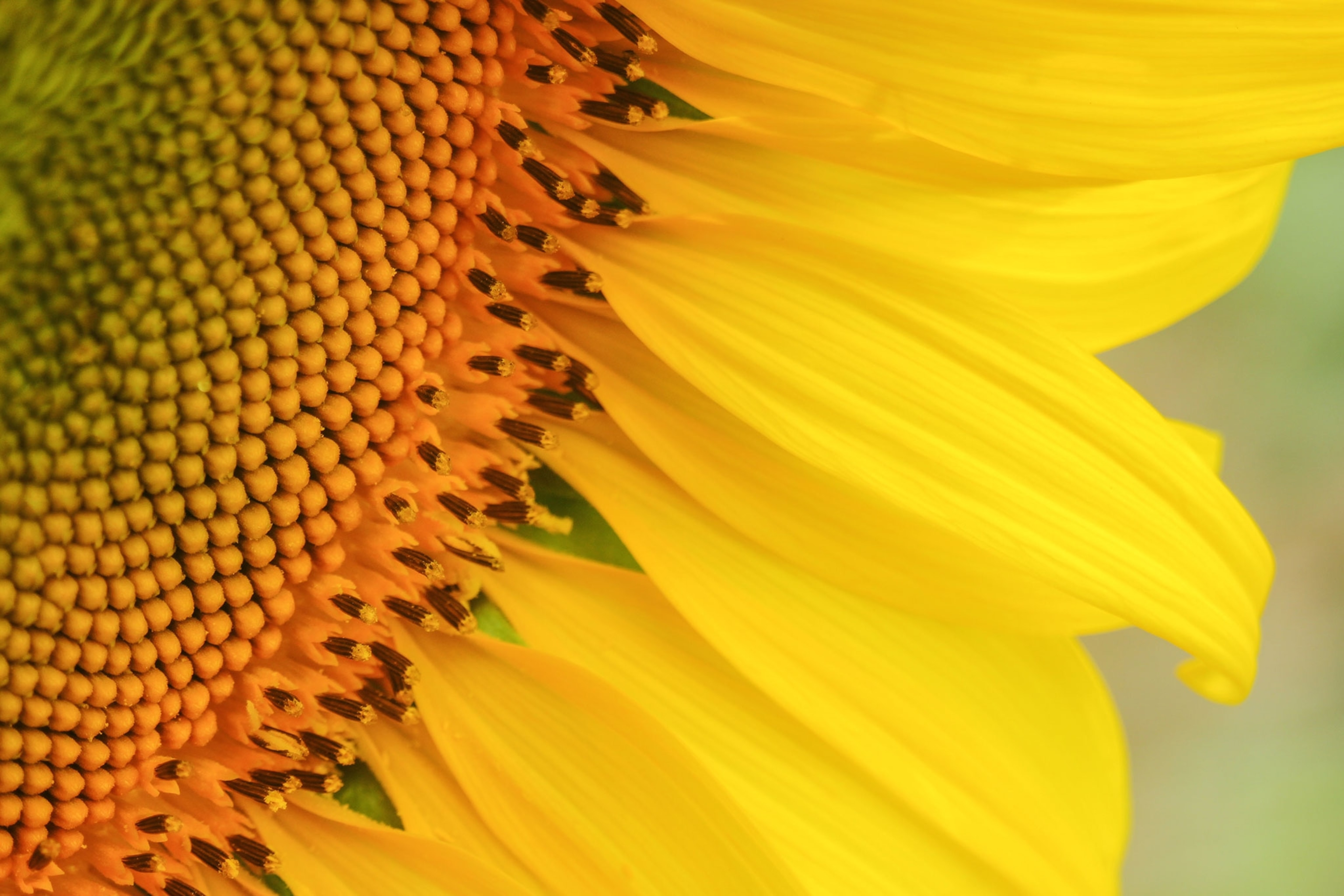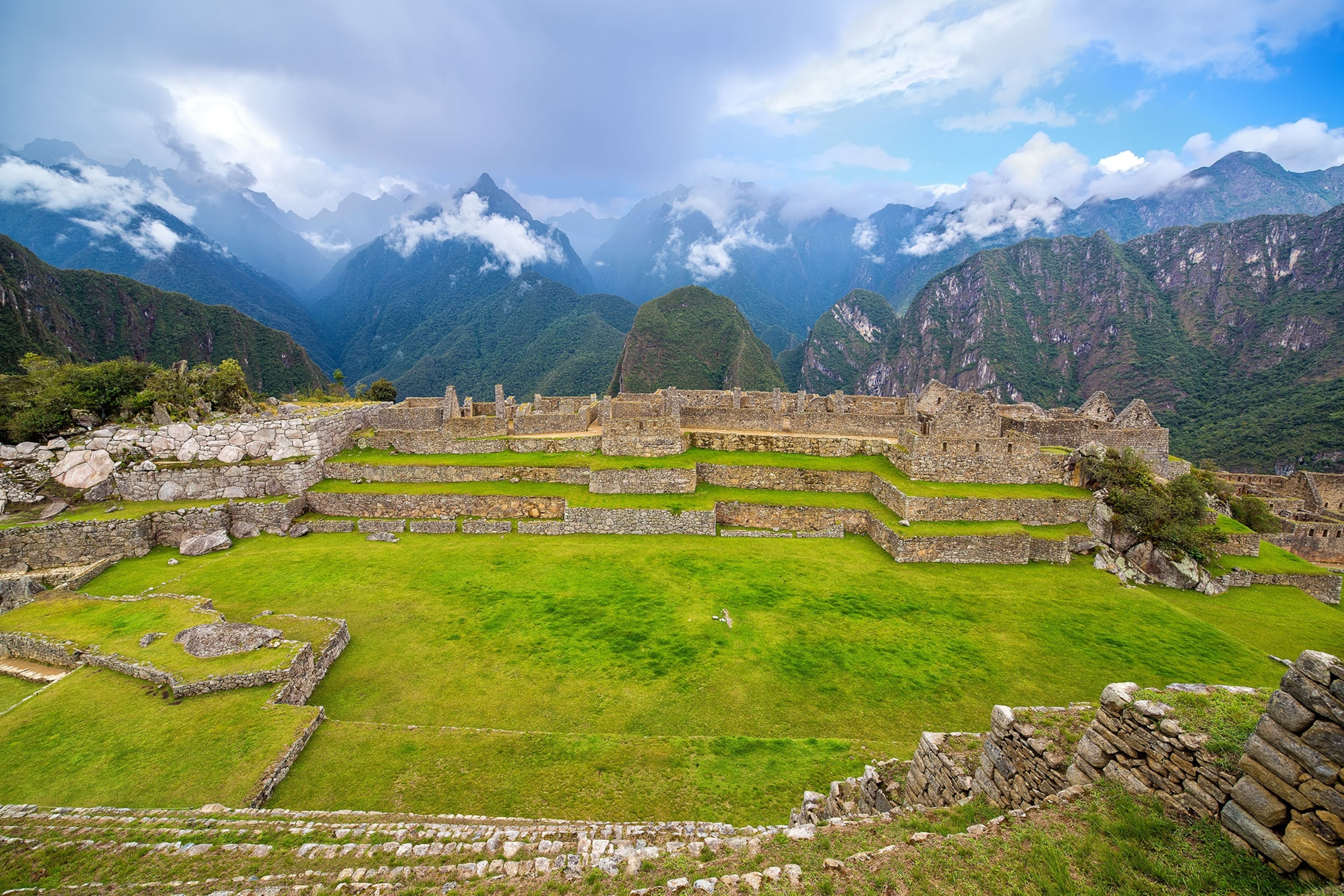How to Choose the Right Camera Lens
Get your shot like a professional photographer.
Whether you want to shoot a tennis match or take a close-up of a butterfly, you will need the right lens for the job. The primary differentiators among lenses are focal length (the distance at which the lens begins to focus) and field of view (the area that is visible in the frame). For more National Geographic–approved photography tips and inspiration, read Getting Your Shot.
Fixed Lens

A fixed lens, also known as a prime lens, has a fixed focal length—35mm and 50mm are typical. Because they have no zoom capability, these lenses are straightforward to use, and they offer high image quality for a lower cost. A 35mm focal length is considered normal because it mimics what the human eye sees. Fixed lenses are useful for shooting portraits because they have wider maximum aperture and tend to produce higher-quality images than zoom lenses do.
Zoom Lens

As opposed to the set focal length of the fixed lens, a zoom lens can be adjusted to a range of focal lengths. Most DSLRs come bundled with a “kit zoom” that shoots at a range somewhere between 18mm and 200mm. Zoom lenses are bigger and heavier than fixed lenses are, and they tend to be more expensive. They are convenient for travel, however, because one zoom lens can take the place of a bagful of different lenses.
Telephoto Lens

One of the largest, heaviest, and most expensive options, a telephoto lens is a powerful magnifier. You can capture distant subjects as if they were in front of you. Ideal for shooting sporting events or wildlife, this lens makes it look like you were right in the middle of the action.
Macro Lens

This lens allows you to achieve clear focus when you are very close to your subject. It magnifies the smallest subjects, such as insects, blades of grass, and intricate patterns and textures. You can get macro effects with other lenses, but a dedicated macro lens allows for the sharpest images of tiny subjects.
Wide-Angle Lens

To capture an angle wider than the eye can see, such as the angle required for a landscape or several sides of a room, you will need a wide-angle lens. These lenses come in many sizes, but their distinguishing factor is a wider field of view than a normal lens. Some image distortion will occur—lines that appear straight to your eye will look curved through the lens—but this can create an interesting, artistic perspective.
Excerpted from the book Getting Your Shot published by National Geographic. Photographs by Shutterstock.